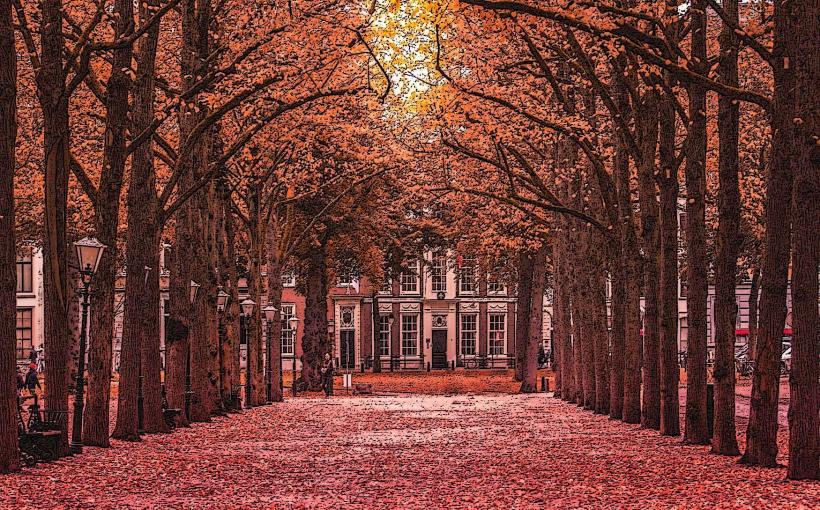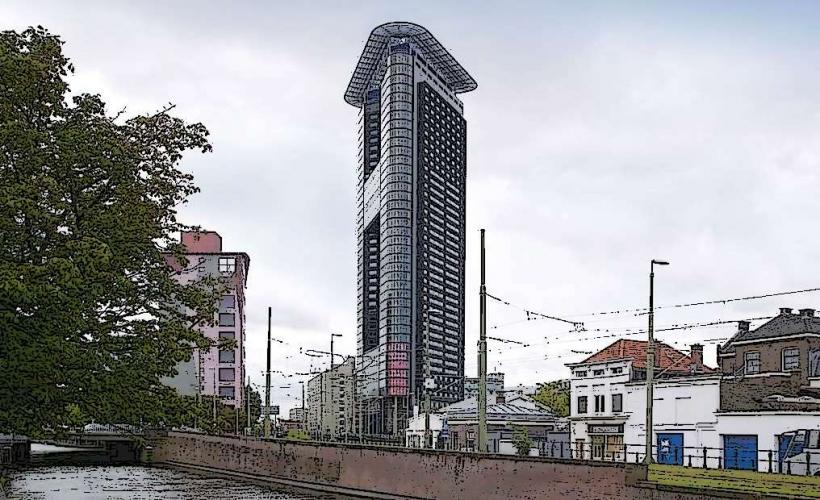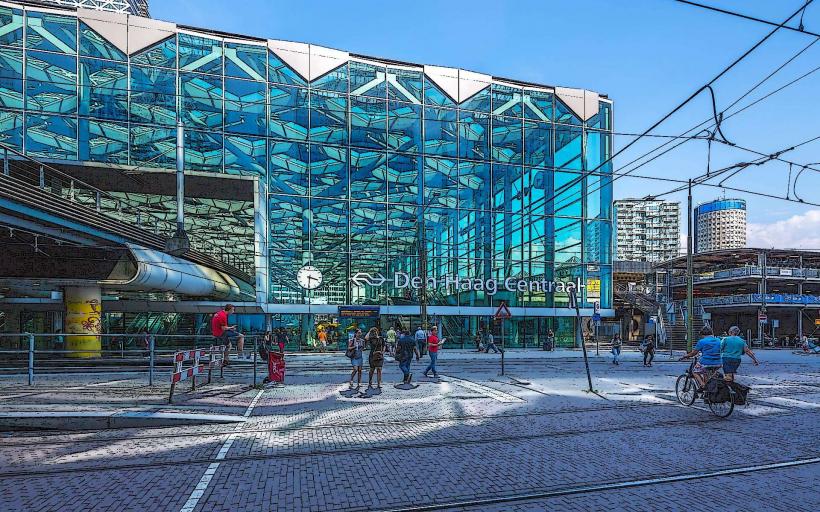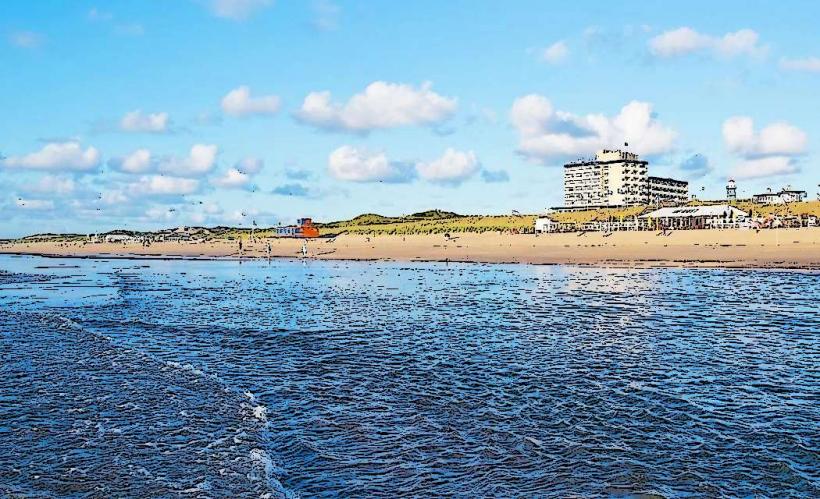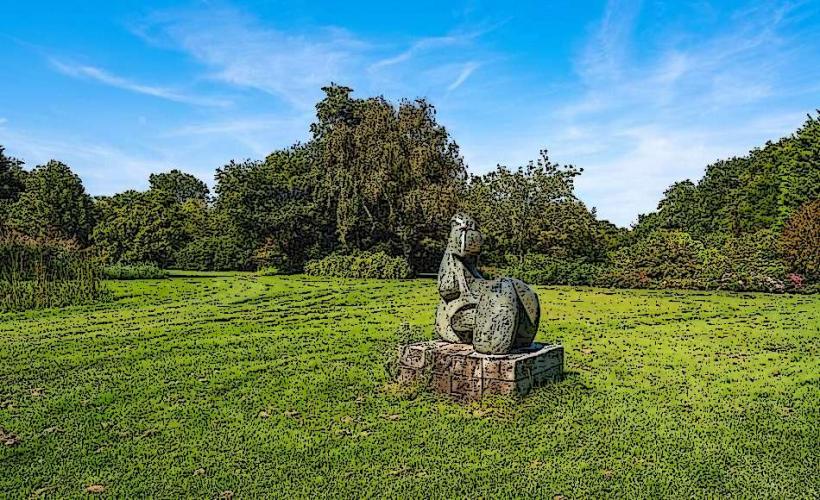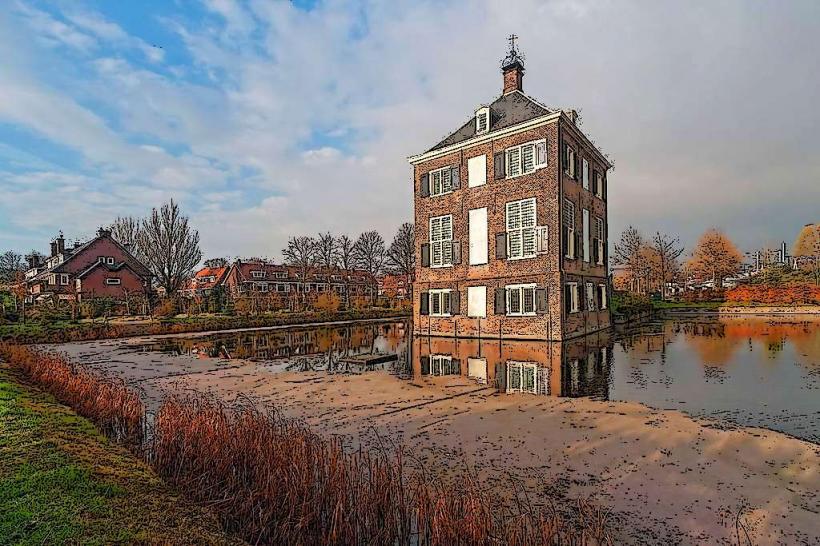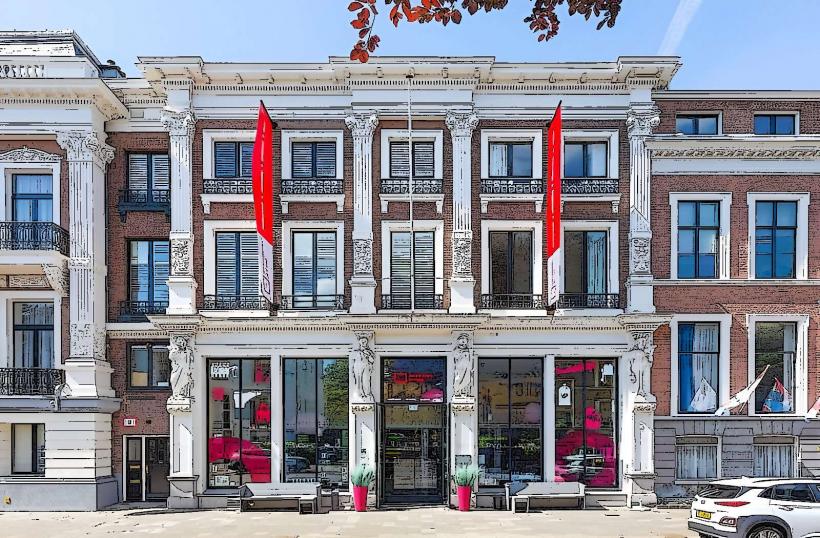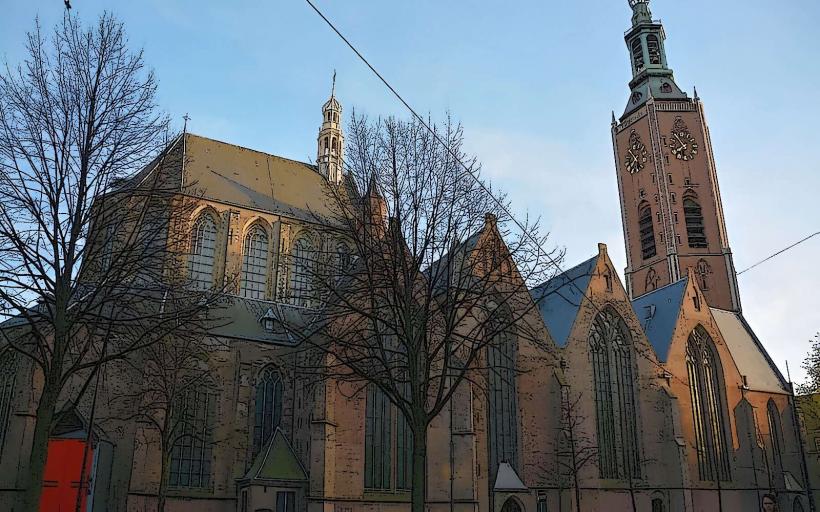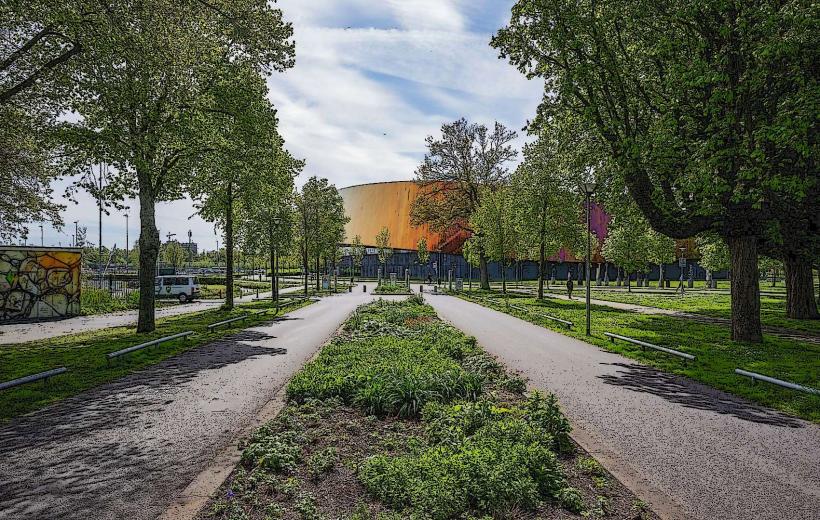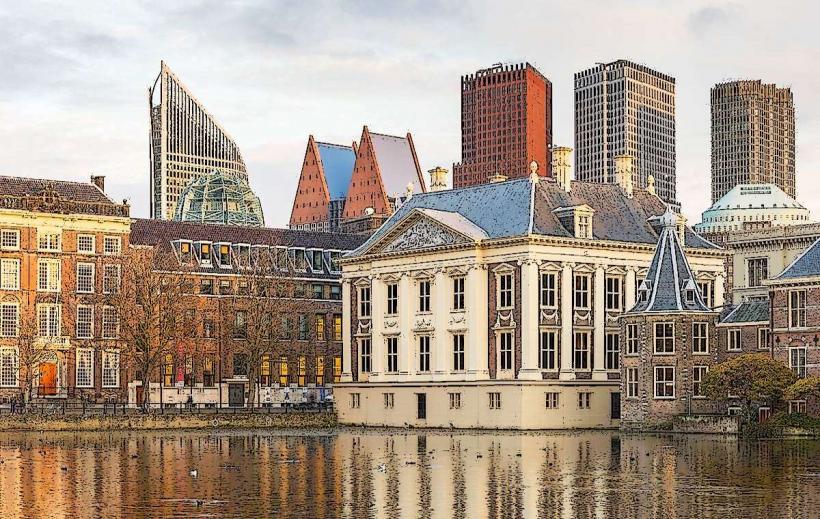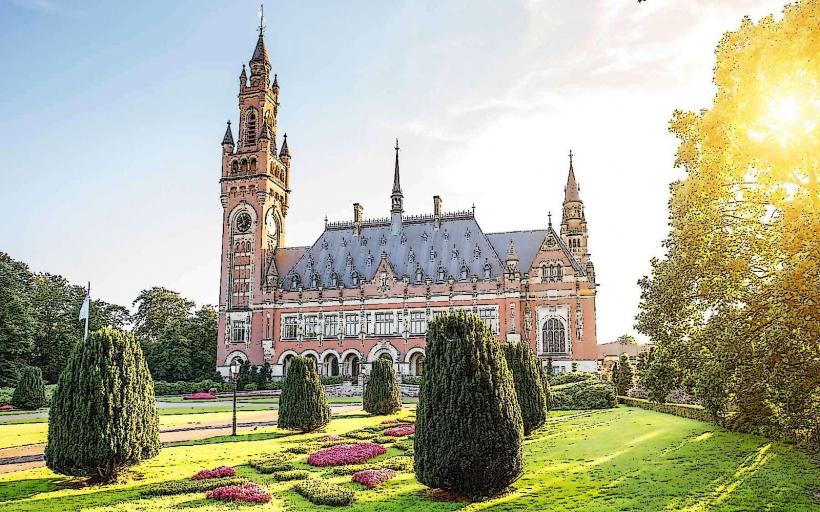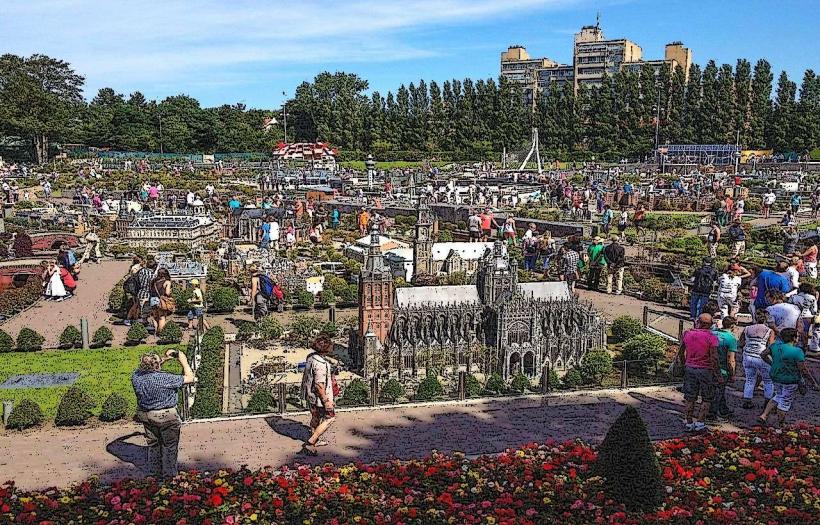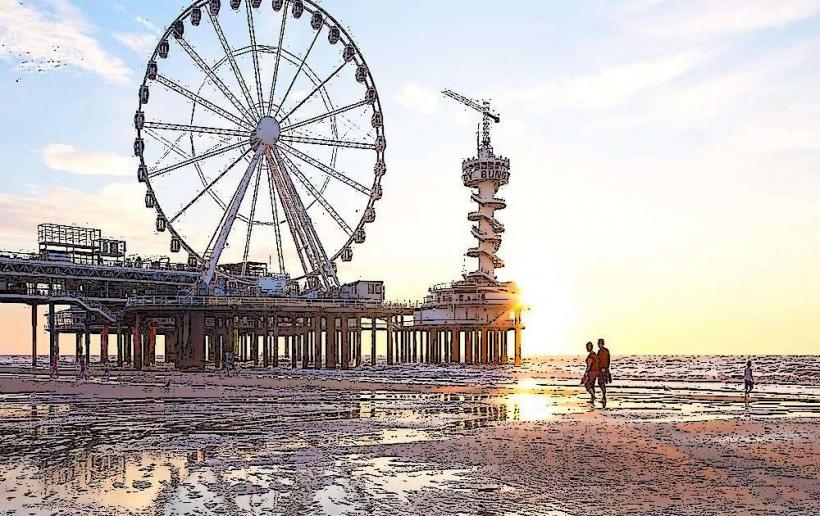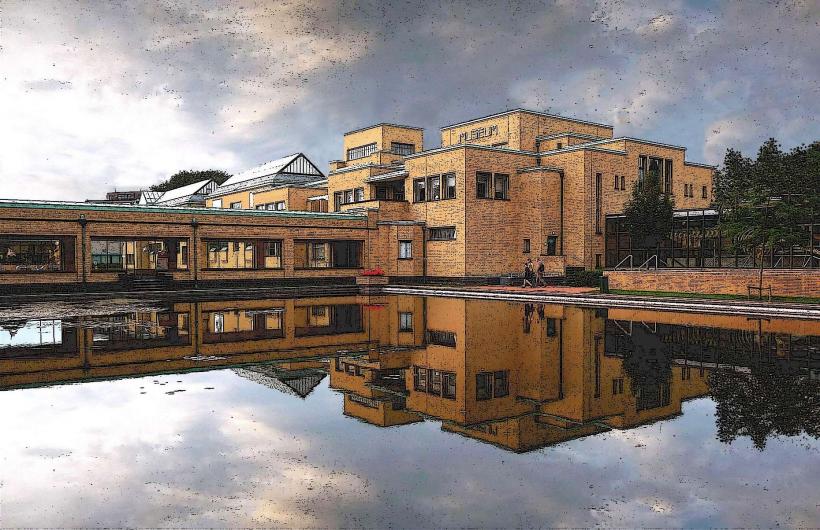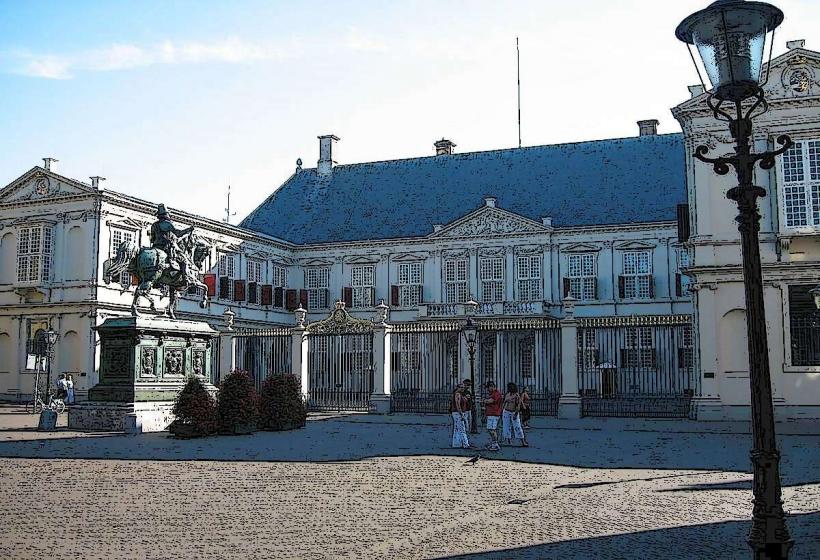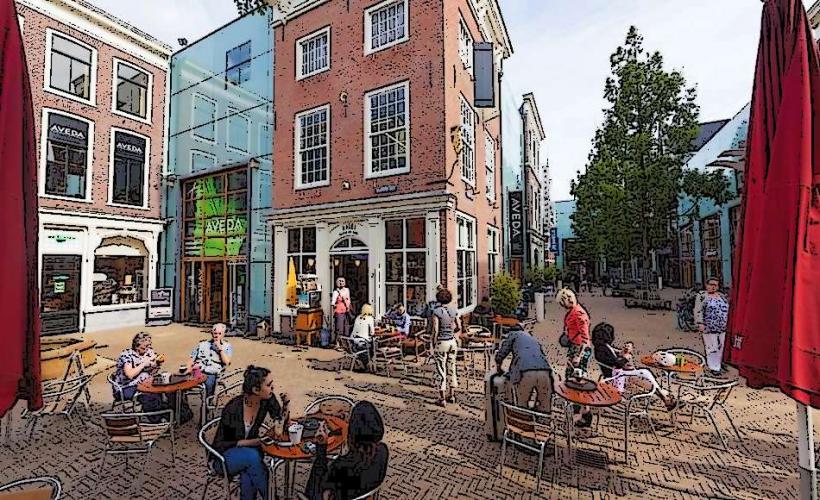Information
Landmark: BinnenhofCity: The Hague
Country: Netherlands
Continent: Europe
The Binnenhof is a historic complex of buildings located in The Hague, the seat of the Dutch government and a symbol of the political and historical heritage of the Netherlands. The Binnenhof is one of the most important landmarks in the city and the country, serving as the heart of the Dutch political system for centuries.
1. History and Origins
- Founding: The origins of the Binnenhof date back to the 13th century. It was originally a castle built by the Count of Holland, Florence of Hainaut, as a residence and seat of the County of Holland. The complex gradually expanded over the centuries to become the center of government in the region.
- Role in the Middle Ages: In its early days, the Binnenhof served as the administrative and judicial center of the county. The Counts of Holland held court here, and it became a central location for political activity in the region. Over time, the castle was transformed and expanded, incorporating a series of buildings around a central courtyard.
- Transformation into Government Center: By the 16th century, the Binnenhof had become the political heart of the Netherlands. When the Dutch Republic was established in the 17th century, the Binnenhof served as the official seat of the States General (the national parliament) and the Prince of Orange, the head of the Republic. It became a symbol of the country’s growing power and influence during the Golden Age.
2. Architectural Features
- Halls and Chambers: The Binnenhof consists of a variety of historic buildings that have been used for different purposes throughout the centuries. Some of the most significant include:
- The Hall of Knights (Ridderzaal): The most iconic building within the Binnenhof, the Ridderzaal (Hall of Knights), is a grand hall used for ceremonial purposes. It was built in the late 13th century and features a stunning vaulted ceiling and a large rose window. The Ridderzaal is the site of the annual King's Day speech by the Dutch monarch and plays a central role in the opening of the Dutch parliament each year.
- The Prime Minister's Office (Torentje): Another notable building within the Binnenhof is the Torentje, a small turret-like structure. It has been the official office of the Dutch Prime Minister since 1982. The building itself dates back to the 17th century, and its location near the heart of the Binnenhof underscores the importance of the Prime Minister’s office in Dutch politics.
- The Dutch Parliament (Huis van de Staten-Generaal): The States General meets in the Huis van de Staten-Generaal (House of the States General), which is part of the Binnenhof complex. This is where the lower and upper houses of the Dutch parliament gather to debate and pass laws. The building has undergone several renovations over the years but retains much of its historic charm.
- Gothic and Renaissance Elements: Architecturally, the Binnenhof reflects a mix of Gothic, Renaissance, and Baroque styles, with elements such as pointed arches, ornate facades, and decorative columns. The structures have been adapted and expanded over the centuries to accommodate the changing needs of government and the evolving architectural tastes of the time.
3. Political and Governmental Significance
- Dutch Government: The Binnenhof serves as the center of Dutch politics. It is the location of the Dutch Senate (Eerste Kamer) and the House of Representatives (Tweede Kamer), the two chambers of the Dutch parliament. Additionally, the Prime Minister's office is located here, making the Binnenhof the focal point for government operations in the Netherlands.
- States General: The States General of the Netherlands has met in the Binnenhof since the 16th century. The complex houses the chambers where members of parliament debate and pass legislation. The building is also used for official state functions and is often the site of high-level political meetings and international summits.
- Royal Connection: The Ridderzaal is also used for important royal events, such as the annual speech by the monarch at the opening of the Dutch parliament. The king addresses the parliament here every third Tuesday in September, during the Prinsjesdag (Prince's Day), to outline the government’s policies for the coming year. This marks the beginning of the parliamentary year in the Netherlands.
4. Cultural and Historic Importance
- Symbol of Dutch Democracy: The Binnenhof has long been a symbol of Dutch democracy and constitutional monarchy. It represents the country's transition from feudal rule to modern parliamentary democracy, with the States General playing a central role in shaping the nation’s political structure.
- Role in Dutch History: Throughout Dutch history, the Binnenhof has been the setting for crucial political decisions, debates, and events that have shaped the Netherlands as a modern nation. It was at the Binnenhof that the Union of Utrecht was signed in 1579, which was a key moment in the formation of the Dutch Republic. The union marked the beginning of a long period of independence from Spain and the start of the Netherlands' emergence as a global power.
5. Renovations and Modernization
- Restoration Projects: Over the years, the Binnenhof has undergone several restoration and renovation projects to preserve its historic structures and accommodate modern needs. These projects have included efforts to reinforce the buildings, update the facilities for parliamentary functions, and preserve key elements of the architectural heritage.
- Future Developments: As part of the ongoing modernization of the Binnenhof, a major renovation project is currently underway, which aims to further improve the functionality of the buildings and ensure that they continue to serve as the center of Dutch political life in the 21st century. The renovations include the restoration of the Ridderzaal, as well as work to modernize the Huis van de Staten-Generaal and other buildings within the complex.
6. Visitor Experience
- Guided Tours: The Binnenhof is open to visitors, and guided tours are available for those wishing to learn more about the history, architecture, and significance of the complex. These tours often include visits to key areas such as the Ridderzaal, Huis van de Staten-Generaal, and Prime Minister’s office.
- Public Access: While the Binnenhof is primarily a working government complex, certain areas, like the Ridderzaal, are accessible to the public for special events and during guided tours. Visitors can experience the grandeur of the halls, admire the architecture, and learn about the political and royal functions that take place within the complex.
- Prinsjesdag and State Functions: One of the most important annual events at the Binnenhof is Prinsjesdag, when the Dutch monarch delivers the speech outlining the government's plans for the year. Visitors can witness the grandeur of the event, particularly the royal procession and the ceremony in the Ridderzaal.
7. Conclusion
The Binnenhof is a central cultural, political, and historic landmark in The Hague and the Netherlands as a whole. It represents centuries of Dutch political evolution and continues to play a pivotal role in the country’s governance. As both a symbol of the nation’s history and an active center of government, the Binnenhof remains a must-visit destination for those interested in Dutch heritage, politics, and architecture. Whether visiting for its historic significance, attending a political event, or exploring the beautiful buildings, the Binnenhof offers a unique insight into the workings of Dutch democracy and the country’s rich past.

